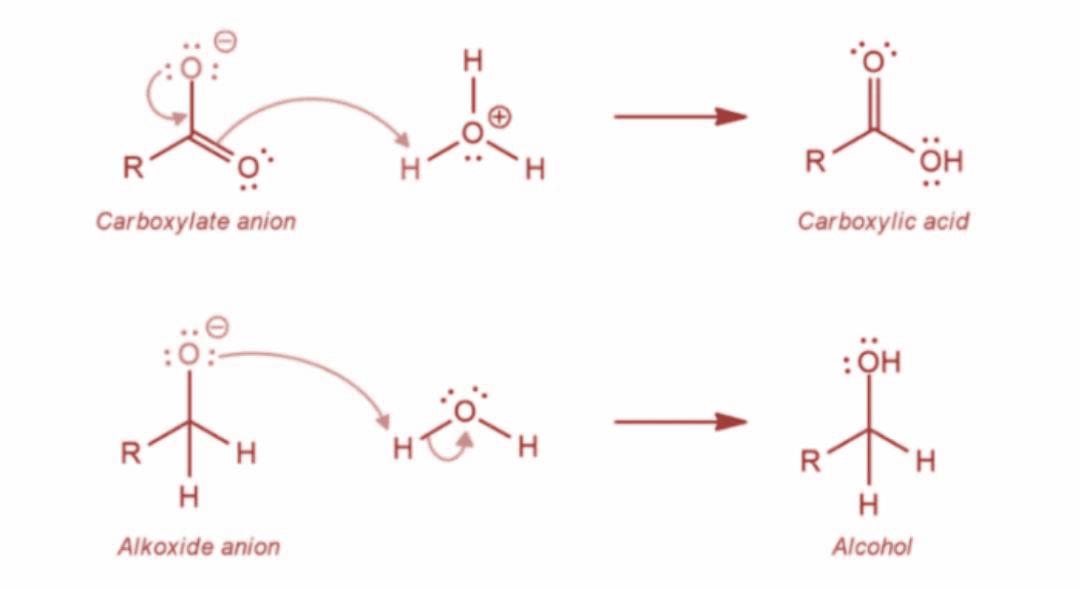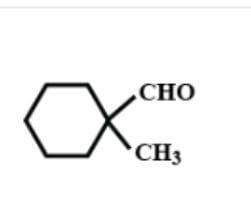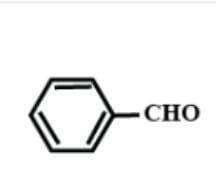
Answer
446.4k+ views
Hint: Basically, Cannizzaro reaction is a chemical reaction that involves the base-induced disproportionation of two molecules of a non-enolizable aldehyde to yield a carboxylic acid and primary alcohol. Generally, in this reaction one molecule of alcohol and one molecule of carboxylic acid is obtained from two molecules of given aldehyde.
Complete step by step answer:
The Cannizzaro reaction was named after the scientist Stanislao Cannizzaro. It is basically a method to obtain one molecule of alcohol and one molecule of carboxylic acid from two molecules of given aldehyde. Now, let’s determine the mechanism of this reaction. Basically, a nucleophile such as hydroxide ion attacks the carbonyl group of the given aldehyde. This further leads to a disproportionation reaction and gives rise to an anion carrying two negative charges.

Now, in the next step the resulting intermediate functions as a hydride reducing agent. Further, the intermediate releases a hydride anion due to its unstable nature. The hydride anion proceeds to attack another aldehyde molecule and the doubly charged anion is converted into a carboxylate anion and aldehyde is converted into alkoxide ion. The reaction is as shown:

Now, in the last step, the final alcohol product is formed as water offers a proton to the alkoxide anion. Further, the carboxylate ion gives rise to the final carboxylic acid product. The reaction is as shown:

Now, acetaldehyde $(C{H_3}CHO)$ does not participate in this reaction because the alpha hydrogens are deprotonated due to the alkaline environment. Since acetaldehyde has three alpha hydrogens, it readily enolate ions upon deprotonation and hence cannot participate in the reaction.
Hence, option D is correct.
Note:Cannizzaro reaction is redox reaction. This is because one aldehyde is oxidized to give a carboxylic acid whereas the other aldehyde undergoes reduction to yield alcohol. Since both oxidation and reduction occurs in the hydride transfer so, this reaction is considered as a redox reaction.
Complete step by step answer:
The Cannizzaro reaction was named after the scientist Stanislao Cannizzaro. It is basically a method to obtain one molecule of alcohol and one molecule of carboxylic acid from two molecules of given aldehyde. Now, let’s determine the mechanism of this reaction. Basically, a nucleophile such as hydroxide ion attacks the carbonyl group of the given aldehyde. This further leads to a disproportionation reaction and gives rise to an anion carrying two negative charges.

Now, in the next step the resulting intermediate functions as a hydride reducing agent. Further, the intermediate releases a hydride anion due to its unstable nature. The hydride anion proceeds to attack another aldehyde molecule and the doubly charged anion is converted into a carboxylate anion and aldehyde is converted into alkoxide ion. The reaction is as shown:

Now, in the last step, the final alcohol product is formed as water offers a proton to the alkoxide anion. Further, the carboxylate ion gives rise to the final carboxylic acid product. The reaction is as shown:

Now, acetaldehyde $(C{H_3}CHO)$ does not participate in this reaction because the alpha hydrogens are deprotonated due to the alkaline environment. Since acetaldehyde has three alpha hydrogens, it readily enolate ions upon deprotonation and hence cannot participate in the reaction.
Hence, option D is correct.
Note:Cannizzaro reaction is redox reaction. This is because one aldehyde is oxidized to give a carboxylic acid whereas the other aldehyde undergoes reduction to yield alcohol. Since both oxidation and reduction occurs in the hydride transfer so, this reaction is considered as a redox reaction.
Recently Updated Pages
what is the correct chronological order of the following class 10 social science CBSE

Which of the following was not the actual cause for class 10 social science CBSE

Which of the following statements is not correct A class 10 social science CBSE

Which of the following leaders was not present in the class 10 social science CBSE

Garampani Sanctuary is located at A Diphu Assam B Gangtok class 10 social science CBSE

Which one of the following places is not covered by class 10 social science CBSE

Trending doubts
A rainbow has circular shape because A The earth is class 11 physics CBSE

Which are the Top 10 Largest Countries of the World?

Fill the blanks with the suitable prepositions 1 The class 9 english CBSE

How do you graph the function fx 4x class 9 maths CBSE

Give 10 examples for herbs , shrubs , climbers , creepers

The Equation xxx + 2 is Satisfied when x is Equal to Class 10 Maths

Why is there a time difference of about 5 hours between class 10 social science CBSE

Difference between Prokaryotic cell and Eukaryotic class 11 biology CBSE

Difference Between Plant Cell and Animal Cell





